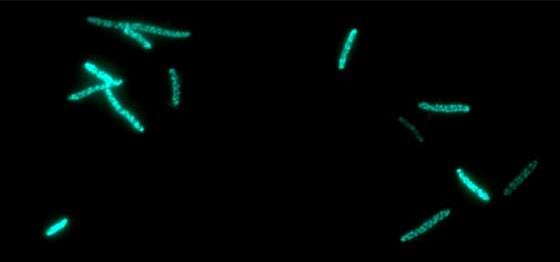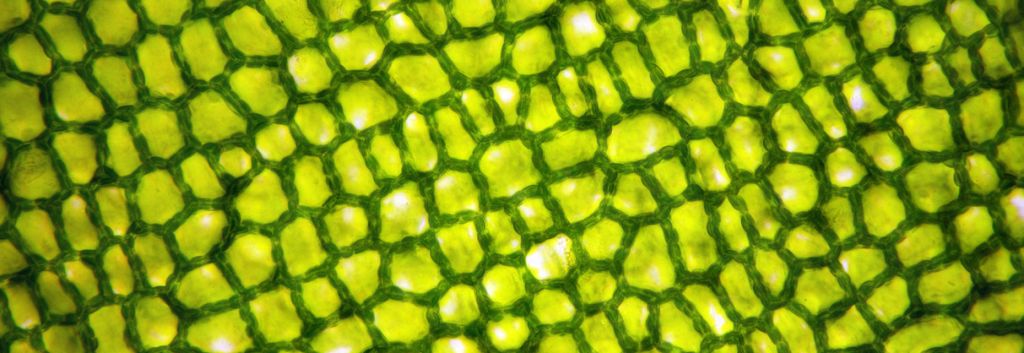Danish researchers managed to sneak the genetic information needed to make P450 enzymes into E. coli. These enzymes are used by plants to make bioactive compounds and can be used for new industrial production processes of several drugs.
Researchers from the Novo Nordisk Foundation Center for Biosustainability have been focusing on developing an alternative way to produce a plant enzyme, the cytochrome P450, for industrial production applications. They have now made significant progress with biotech’s favorite workhorse, E. coli, publishing their results in the journal Biotechnology and Bioengineering.
P450 enzymes are involved in making a significant part of a plant’s large repertoire of bioactive compounds. Plants use these molecules to deal with many of the challenges they face, such as fending off herbivores and insects, and dealing with dehydration.
For us humans, P450 enzymes could help with some problems of our own, such as turning up new molecules for therapies. However, extraction of these active ingredients is often very complex and yields too little. Producing these membrane-bound proteins in bacteria has also proven a challenge.
Now, the research team has succeeded in expressing several enzymes of the P450 family, from different plants. They modified the enzymes’ genes so it could be better read by bacterial machinery, and transferred it to E. coli. The work can facilitate the bioproduction of the numerous P450-derived biochemicals, creating a toolbox to develop bacterial cell factories with these enzymes.

Among the molecules produced by P450 enzymes are ingenol, used in psoriasis treatment and currently produced via chemical synthesis, and taxol, known for its potential in oncology and produced by a scarce and endangered plant. This has made it a poster child for the potential utility of bacterial cell factories and synthetic biology like the malaria drug artemisinin.
Be it the transfer of complex pathways to bacteria, as in this study, or the synthesis of complex antibiotics in yeast, or mining new species for diversity of bioactive compounds, developing ways to produce novel therapies with industrial biotechnology remains a strong goal of synthetic biology — and it’s bounding towards it!
Images from and DTU.





